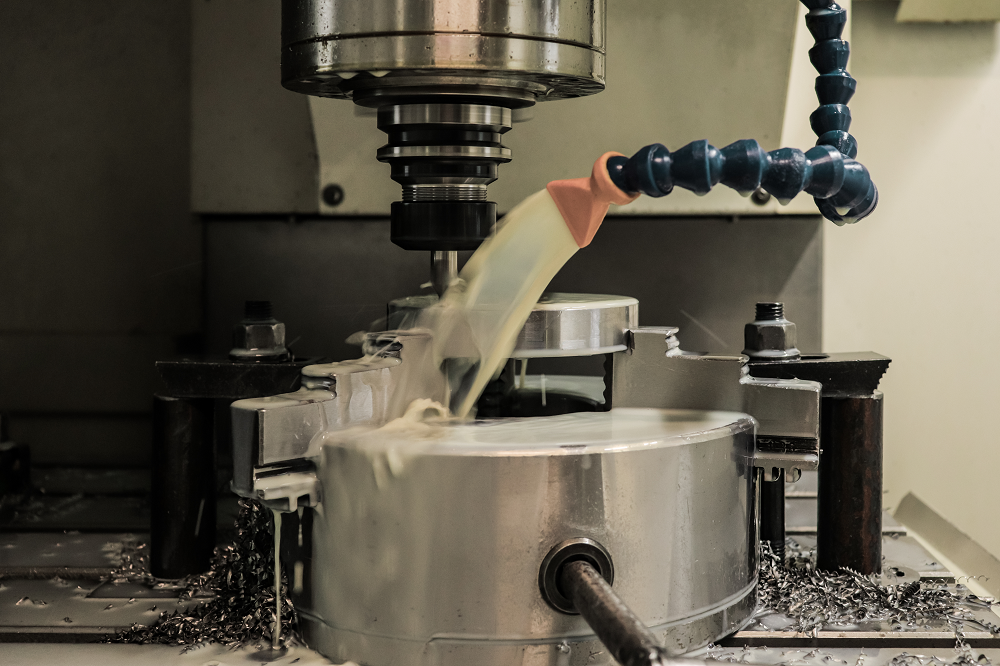In many metalworking operations, cutting fluid is an afterthought, chosen often because it has the lowest cost per gallon. However, this short-sighted thinking could hold manufacturers back from their full potential in terms of productivity and sustainability, with a higher total cost of ownership. Simple cutting fluid management effort will have a measurable, positive impact on production, extending tool life, increasing labor efficiency and throughput, and improving the shop environment. But there are also specific metrics to track about the fluid itself.
Why Track Cutting Fluid KPIs?
As conventional wisdom goes, “Anything that can be measured can be improved.” A key performance indicator (KPI) provides valuable real-time insight into how something is performing, what needs improvement, and how effective an improvement is. KPIs such as machine uptime, productivity, and labor efficiency indicate the performance of an entire operation. However, cutting fluid can be analyzed by its own set of KPIs for even more granular data. Monitoring them will give more insight into fluid performance and necessary action to take, allowing machine operators to achieve even more efficiency and cost savings as they respond to the data.
What Are the Most Important Fluid KPIs?
There are many elements of coolant to monitor, and there are several worth tracking regularly. Paying attention to these can highlight problems with your maintenance procedures or the coolant you’re using for a particular operation. Here are the top four fluid KPIs to measure:
1. Fluid Concentration
Coolant concentration measures the percentage of dillution. Every cutting fluid has a specific range of concentration manufacturers recommend maintaining to ensure the optimal performance of the fluid. It is important to note that different coolants have different refractometer multipliers, so work with your coolant supplier to understand refractometer reading vs. actual concentration.
2. Fluid Contamination
Manufacturers should take note of machines that seem to have higher tramp oil or fines in the tanks than others. This can mean an issue with the machine, conveyor, or filtration. Noticing these issues early on can allow maintenance teams to address machine issues and allow machines to run at peak performance and longevity.
3. Sump Life
Sump life refers to the length of time cutting fluid can remain in the sump before operators need to clean it out, replace, and dispose of it. If shop managers are diligent about keeping fluid clean, but it still doesn’t achieve the desired sump life, that is a red flag to upgrade to a higher quality cutting fluid.
Sumps should be cleaned properly and concentrations maintained at correct levels to ensure the best sump life possible. Sump life is an important KPI to monitor — and you may find machines with sump life shorter than others. Those machines may have issues that can be addressed to eliminate unnecessary downtime and expense.
4. Total Cost of Ownership
Price per gallon of cutting fluid doesn’t even show a fraction of its actual value. Cost of ownership measures the value of fluid throughout its entire lifecycle. Tracking total cost of ownership can help shop managers determine how effective their coolant maintenance protocols are and help when comparing two different cutting fluids to determine which is a better investment. Another KPI to measure is coolant cost per part or per machine hour. Oftentimes, a higher performance coolant will cost more, but lower overall costs and improve productivity.
Even though cutting fluid comprises such a small part of an operation’s total budget, carefully monitoring KPIs and improving performance over time can lead to dramatic savings on tooling, labor, and other areas. To learn more about coolant maintenance and measuring performance, call our experts at +1 800-537-3365 or email us at info@masterfluids.com.

